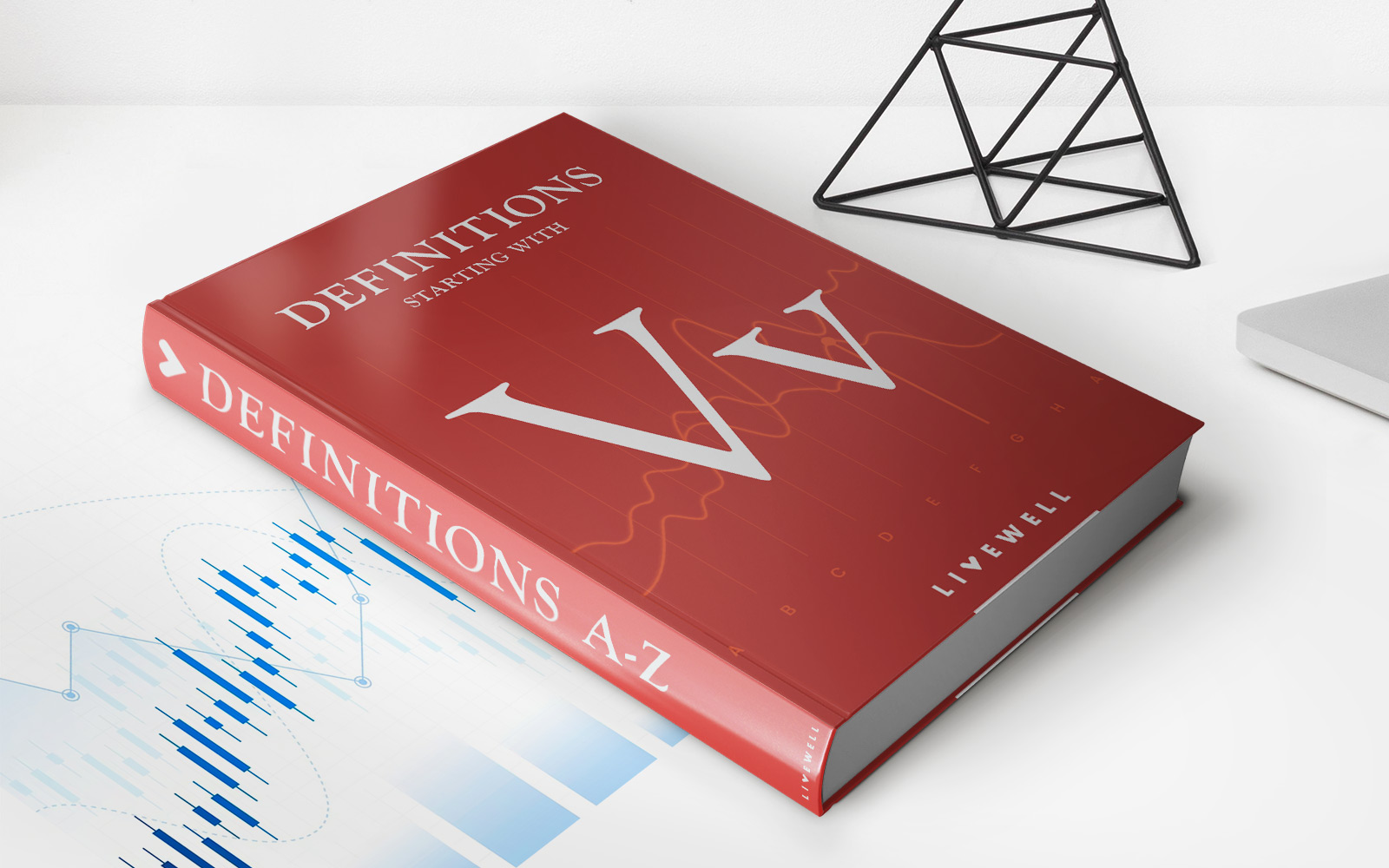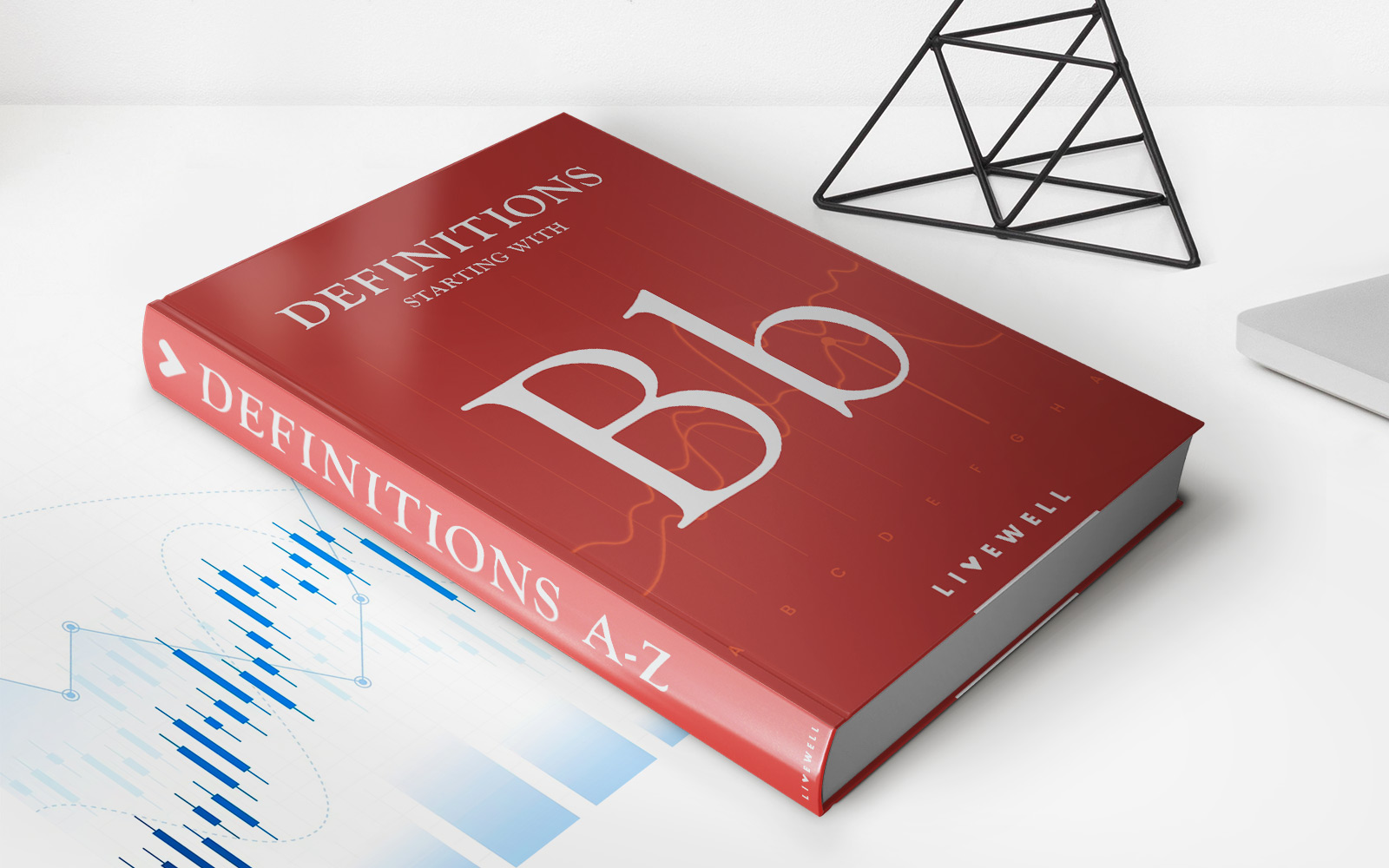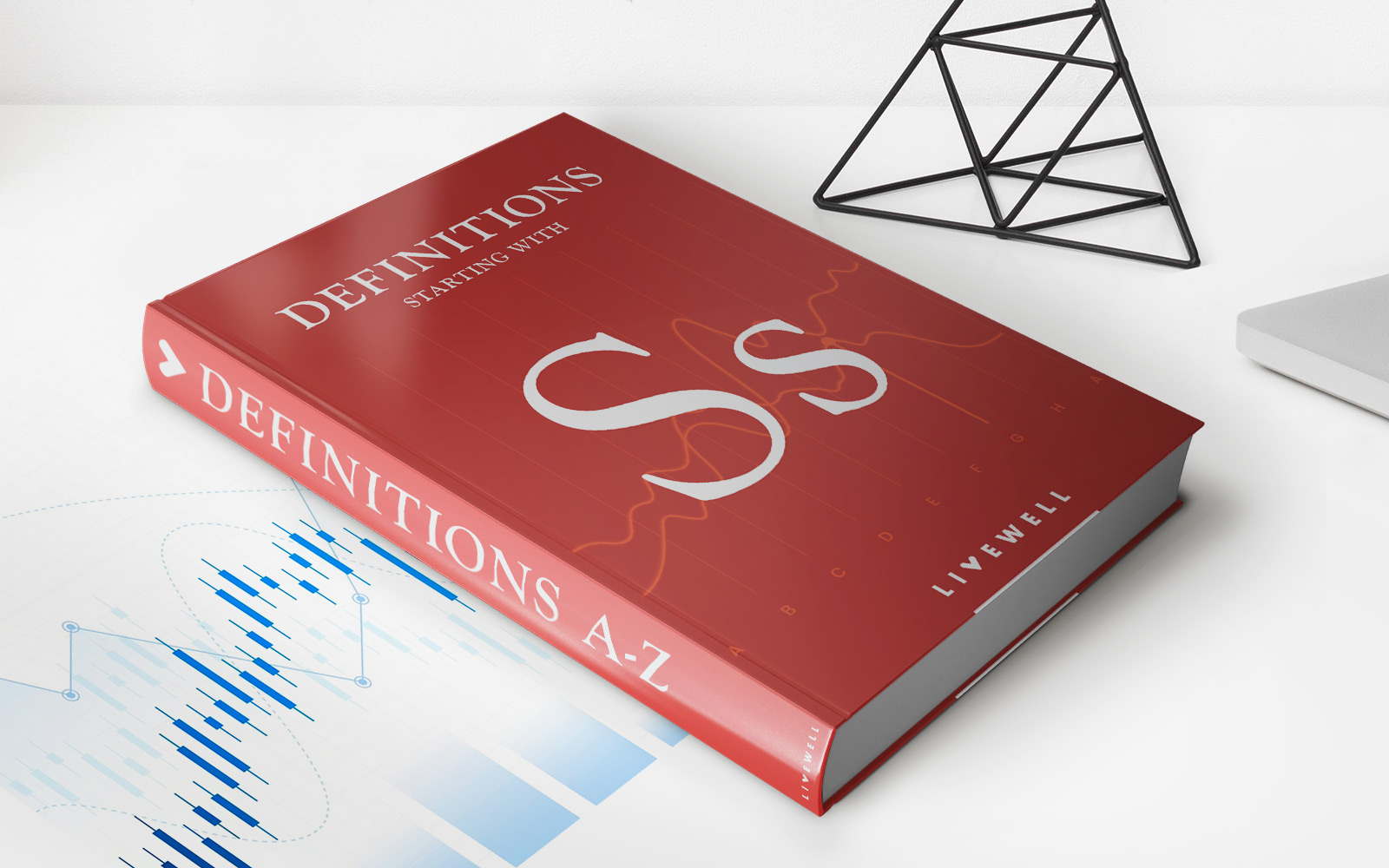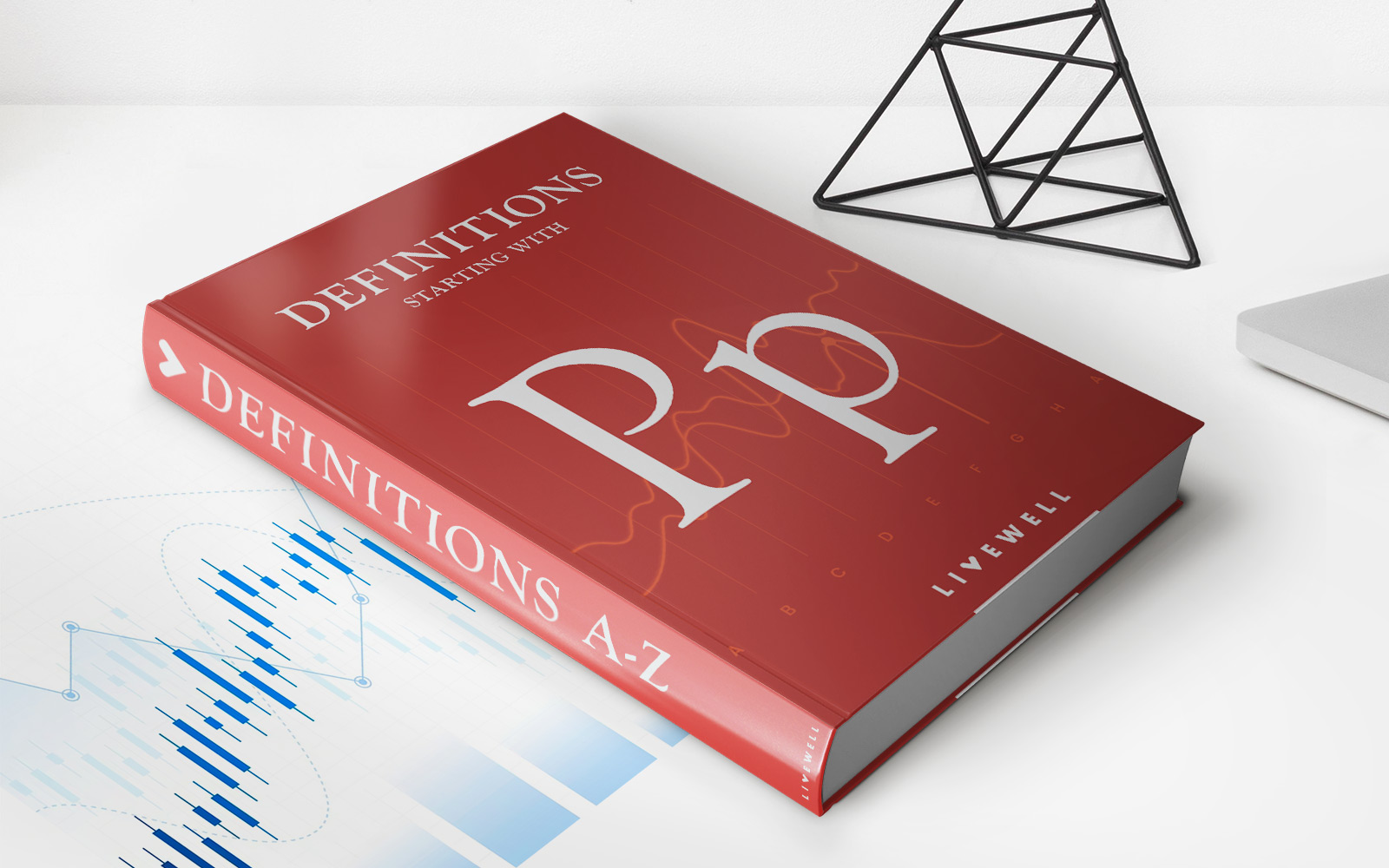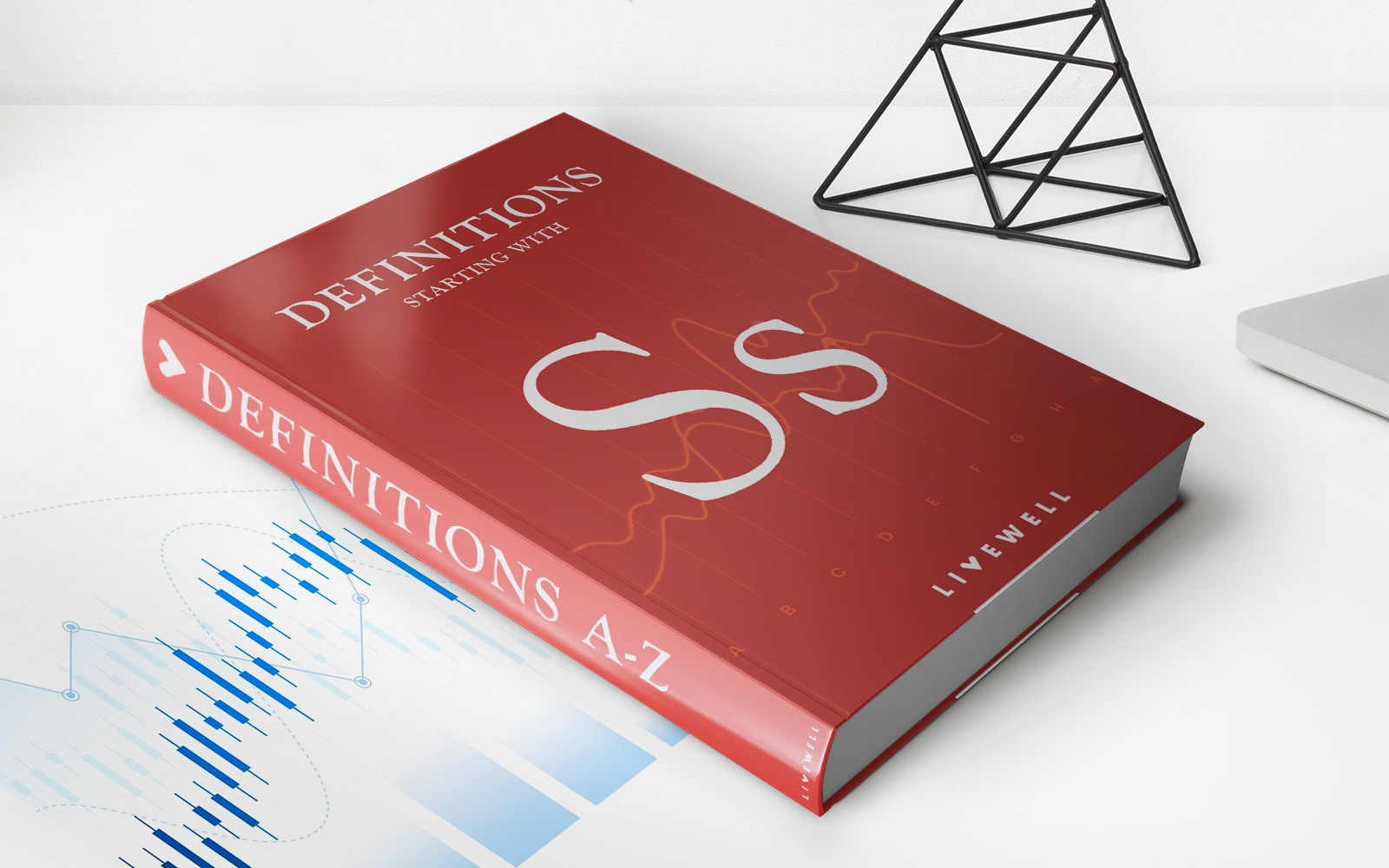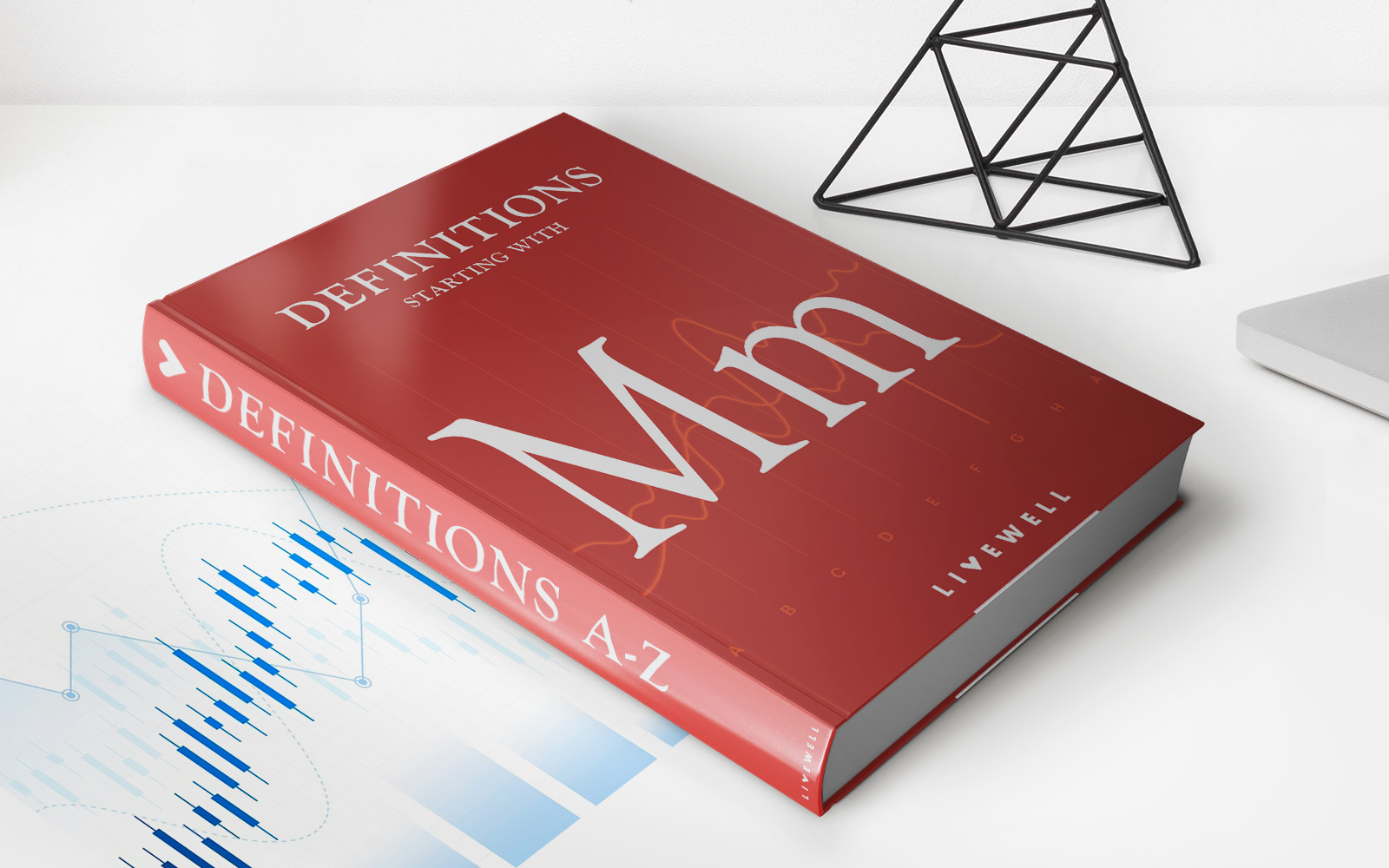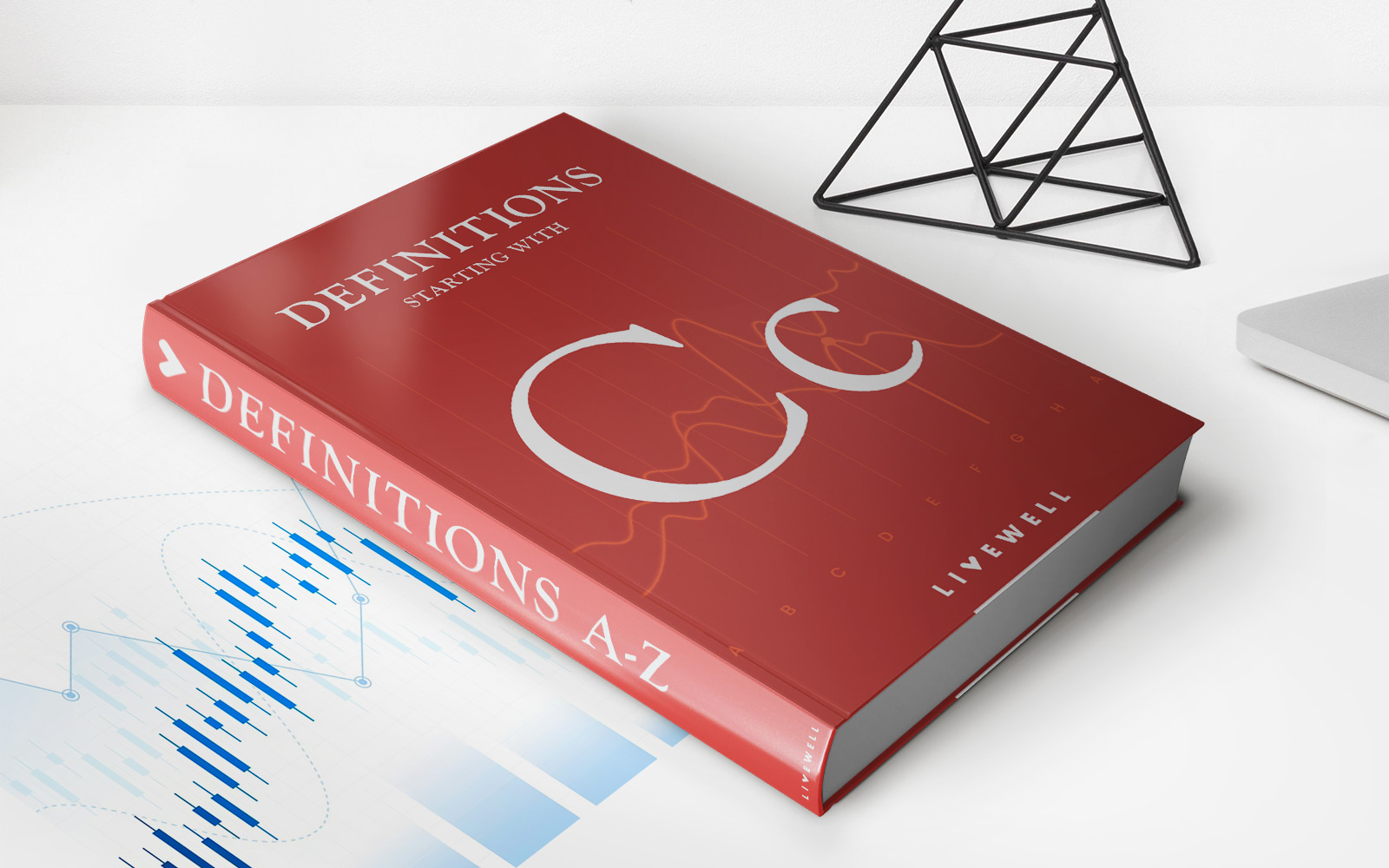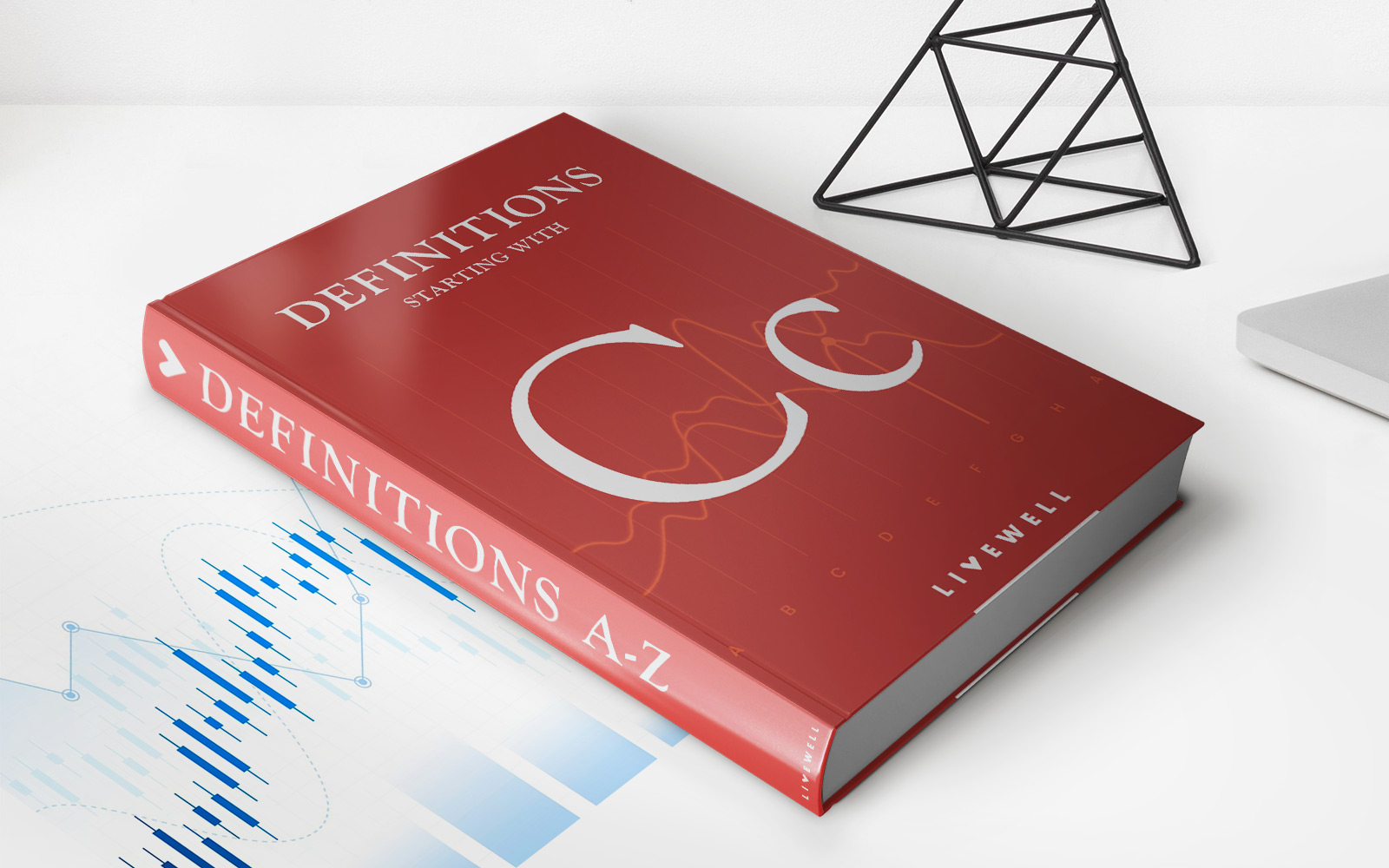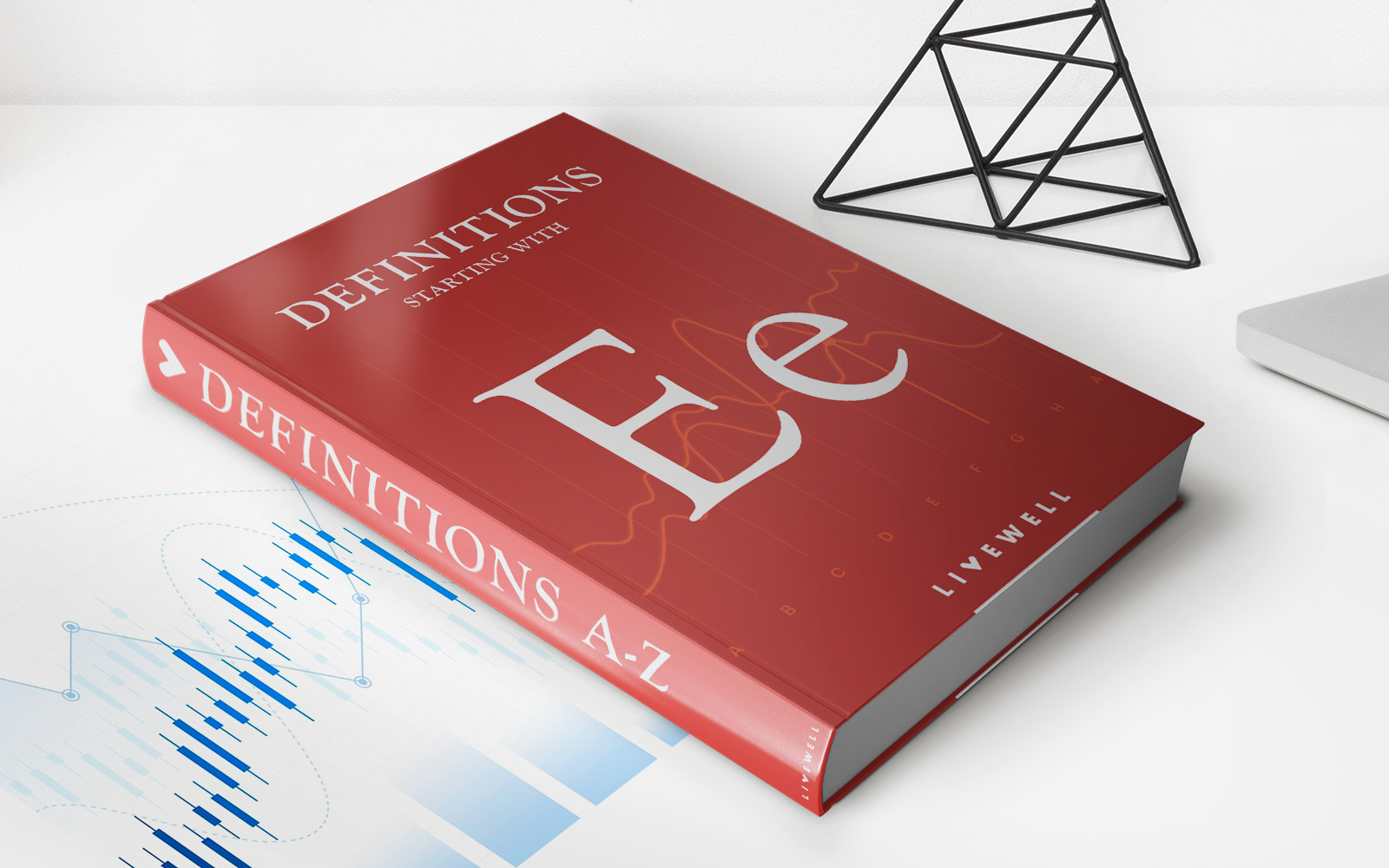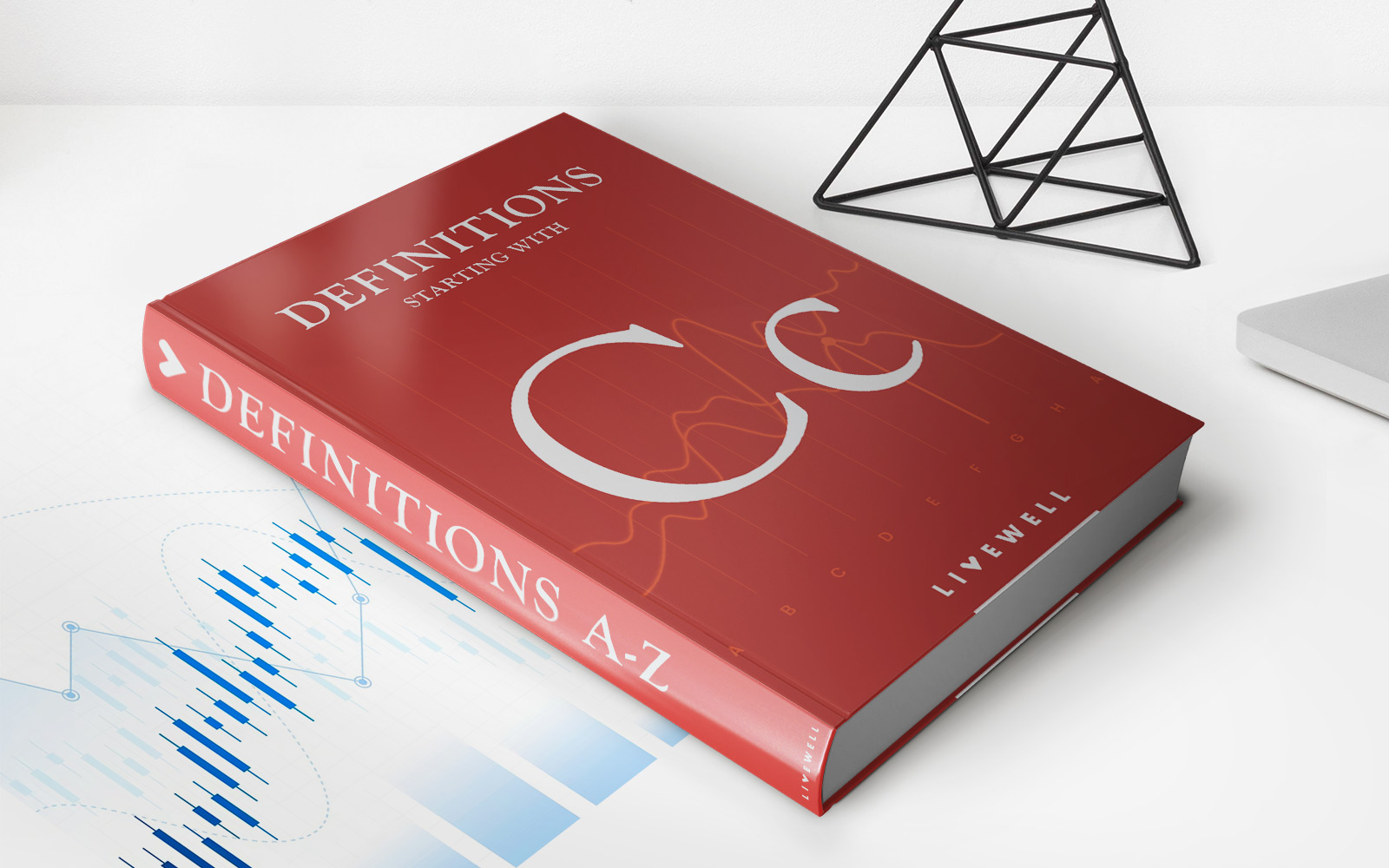Home>Finance>Standstill Agreement: Definition, How Contract Works, And Example
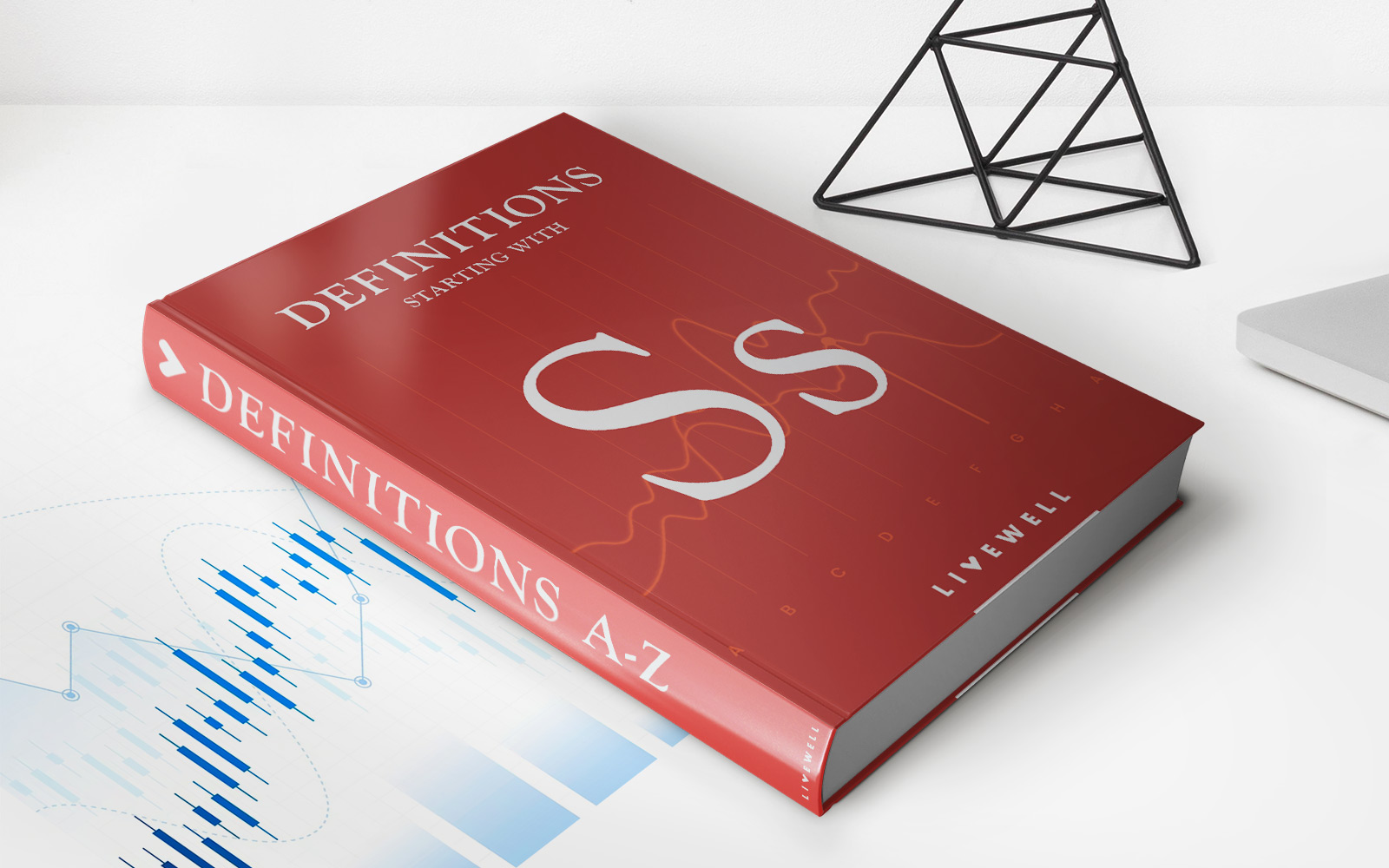

Finance
Standstill Agreement: Definition, How Contract Works, And Example
Published: February 1, 2024
Learn the definition and workings of a Standstill Agreement in finance, and explore an example of how this contract can be utilized to halt further action.
(Many of the links in this article redirect to a specific reviewed product. Your purchase of these products through affiliate links helps to generate commission for LiveWell, at no extra cost. Learn more)
Standstill Agreement: Definition, How a Contract Works, and Example
When it comes to navigating the complex world of finance, understanding the various legal agreements that can arise is crucial. One such agreement that plays a significant role in the financial industry is the Standstill Agreement. In this blog post, we will provide an in-depth look into what a Standstill Agreement is, how it works, and provide a real-life example to illustrate its application.
Key Takeaways:
- A Standstill Agreement is a legal contract between parties that provides temporary relief from certain obligations.
- It is commonly used in debt restructuring or during mergers and acquisitions to allow parties additional time to negotiate and reach a mutually beneficial agreement.
Definition of a Standstill Agreement
A Standstill Agreement, also known as a forbearance agreement, is a contractual arrangement between two or more parties that provides a temporary suspension or delay in fulfilling specific obligations. These obligations may include payment of debts, exercising certain rights, or pursuing legal actions. The purpose of a Standstill Agreement is to allow parties involved in a financial matter additional time to negotiate, evaluate, and potentially reach a more favorable outcome.
How a Standstill Agreement Works
Let’s break down the mechanics of how a Standstill Agreement typically works:
- Identification of Need: Parties involved in a financial arrangement, such as lenders, borrowers, or investors, may find themselves facing difficulties in meeting their obligations or encountering disputes.
- Negotiation: The parties voluntarily enter into discussions and negotiations to find a solution that avoids costly legal actions or potential defaults.
- Temporary Relief: During the negotiation process, the parties agree to a Standstill Agreement, which provides temporary relief from specific obligations for a defined period. This suspension period allows the parties to reach a mutually beneficial resolution.
- Terms and Conditions: The Standstill Agreement outlines the specific terms and conditions governing the suspension of obligations, including the duration of the agreement, the rights and responsibilities of each party, and any concessions or considerations made by either party.
- Negotiation Period: The agreed-upon Standstill Agreement allows the parties a fixed timeframe to negotiate, conduct due diligence, and explore potential alternatives, all with the objective of resolving the underlying financial issues.
- Resolution and Beyond: At the end of the Standstill Agreement period, the parties should have either successfully resolved their disputes, come to a new agreement, or decided to pursue separate paths.
Example of a Standstill Agreement
To illustrate the practical application of a Standstill Agreement, let’s consider a hypothetical example involving a company facing financial difficulties:
ABC Corporation, a struggling manufacturing company, is experiencing cash flow challenges that hinder its ability to meet loan repayment obligations to XYZ Bank. Recognizing the potential for a default, both parties engage in negotiations to find a workable solution.
They decide to enter into a Standstill Agreement, which grants ABC Corporation temporary relief from debt repayment obligations for a specific period, let’s say six months. During this standstill period, ABC Corporation can focus on restructuring its operations, exploring new funding opportunities, and improving its financial position, while XYZ Bank has more time to evaluate the company’s efforts and assess potential solutions.
At the end of the six-month Standstill Agreement, ABC Corporation successfully secures a new investor, enabling them to meet their debt obligations. As a result, both parties avoid costly legal battles and find a mutually beneficial resolution. The Standstill Agreement played a crucial role in providing ABC Corporation the needed breathing space to turn its financial situation around.
As you can see from this example, a Standstill Agreement can be an invaluable tool for parties facing financial challenges. It allows them to buy time, negotiate, and explore alternative solutions, ultimately leading to a better outcome for all involved.
Conclusion
When it comes to finance, understanding legal agreements such as the Standstill Agreement can give you a competitive edge. By allowing parties to temporarily suspend specific obligations, a Standstill Agreement provides much-needed breathing room and enables negotiations that can lead to a better resolution. Whether it’s debt restructuring or navigating complex mergers and acquisitions, having a thorough understanding of the Standstill Agreement can help mitigate risk and improve outcomes.
